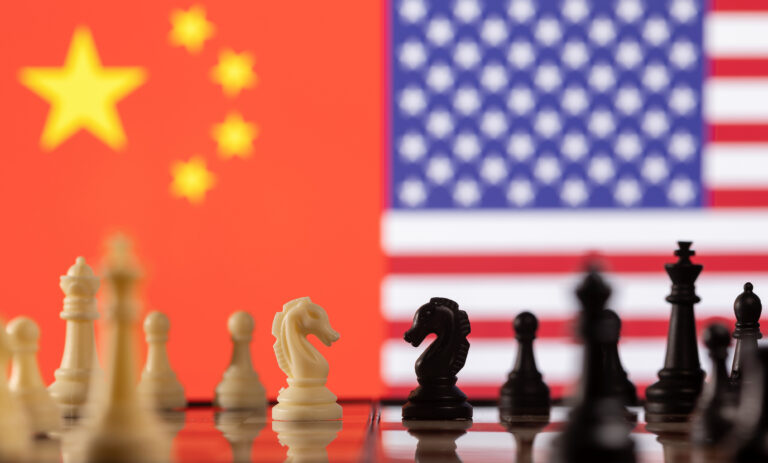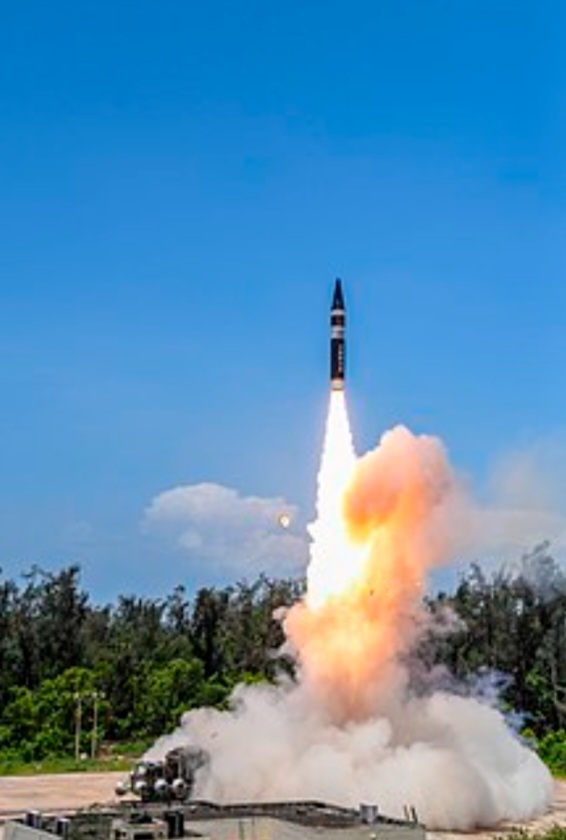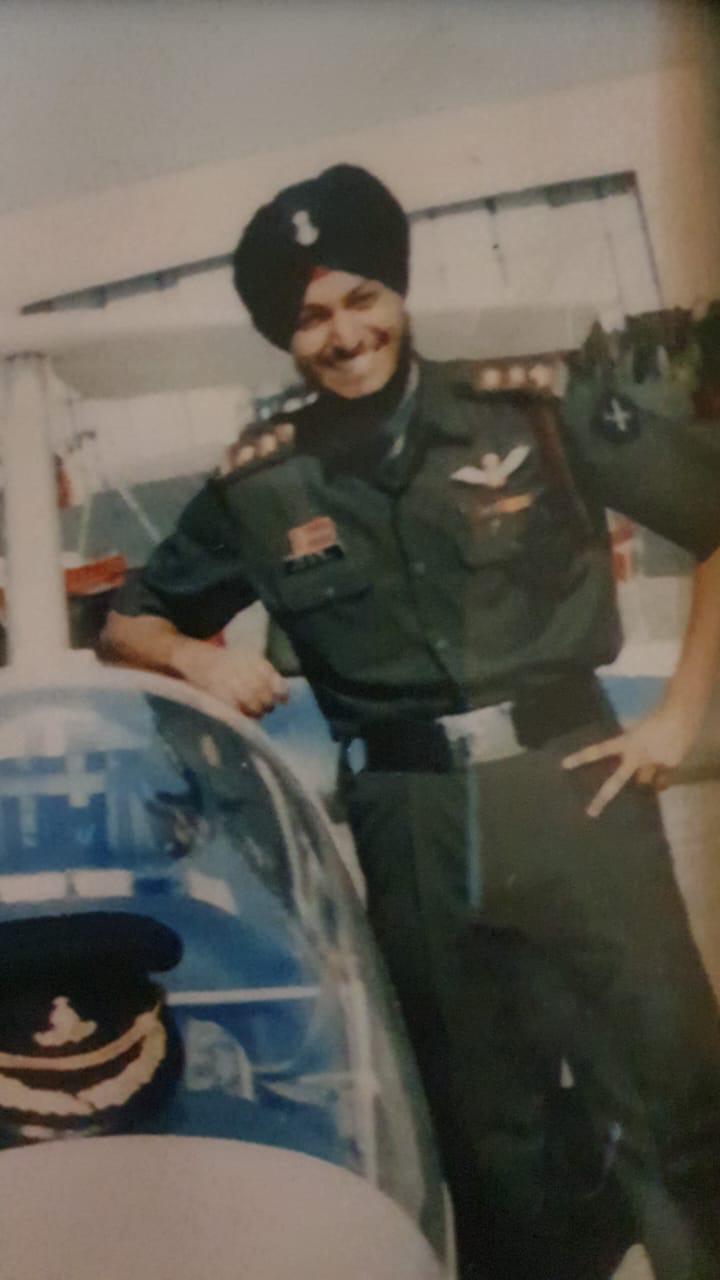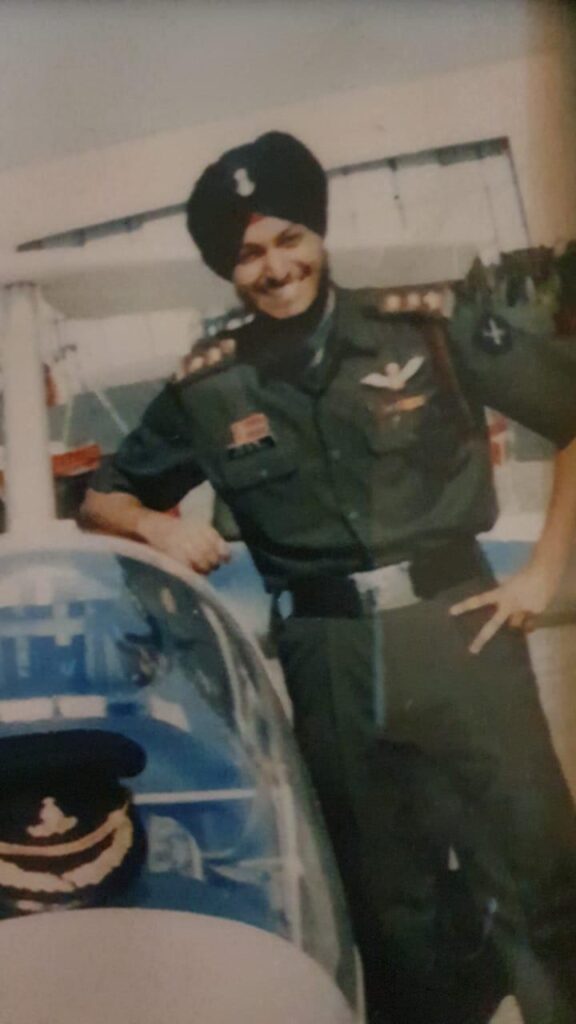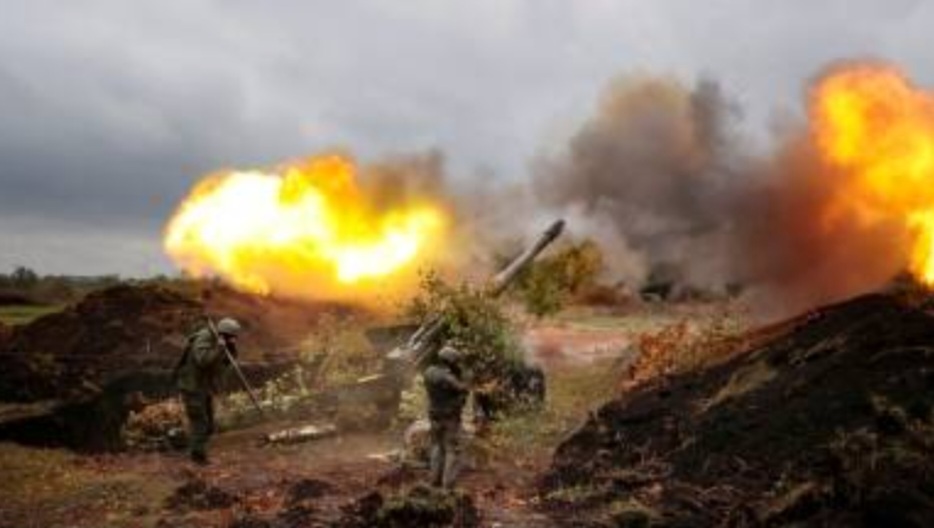
The love-hate relationship between Russia and Ukraine is not new. In 1991 after the dissolution of USSR, Russia and Ukraine maintained amicable relationship and shared a close bilateral tie.
The Russo-Ukrainian war dates to the year 2014 when Russia annexed Crimea from Ukraine and supported Pro-Russian separatist in Donbas war against Ukrainian forces. Both the countries maintained stressed relationship throughout the 8 years but the tension between the two nations reached its climax in 2021 when Russian military started building up a large military presence near Ukrainian border. NATO accused Russia that it is getting prepared for invading Ukraine, while Russian President Vladimir Putin criticized expansion of NATO and opined that Ukraine must be barred from joining military alliance.
On February 24, 2022 Russia declared a full war against Ukraine. Invasion was condemned internationally by many countries to impose sanction against Russia. No formal declaration of war was announced by Russia against Ukraine on February 24, 2022, instead of that Kremlin announced that Russia is commencing a “Special Military Operation” to demilitarize and de-nazify Ukraine, though this declaration was regarded as war by the Ukrainian government. Russian attacks were launched from Belarus, Kharkiv, Crimea, Luhansk, and Donetsk. Russian advancement stalled in March and troop retreated in April-May to bounce back again in September when Russia annexed four Oblasts-Luhansk, Donetsk, Zaporizhzhia and Kherson.
The invasion was internationally condemned. UN General Assembly demanded a full withdrawal of Russian forces from Ukraine. International Court of Justice ordered Russia to suspend military operations with immediate effect. Many countries-imposed sanctions against Russia which affected the economies of Russia and the world.
The overall impact of the war can be divided under various segments like human rights violations, economical impact, socio-cultural impact locally as well as globally.
PUBLIC OPINION:
As per a poll conducted in March 2022, 98% Ukrainian including Ethnic Russian said that they did not believe any part of Ukraine rightfully belonged to Russia. While 94% Ukrainian said they have unfavourable view about Russian President Vladimir Putin and Russian armed forces but they think positive about common Russians.
On the other hand, 74% Russian people supported ‘Special Military Operations’ in Ukraine and they considered it as a response to Ukrainian attempt to defame Russia.
HUMAN RIGHT VIOLATIONS:
The Russo- Ukrainian war led to frequent violations of human rights. It is said that more than 3,000 civilian casualties took place. Right of movement was restricted for the people residing in the conflict zone. Arbitrary detention was practised by both the sides. Investigations turned into abuses, even tortures committed by both the sides. Violation of freedom of expression was common.
IMPACT OF RUSSO-UKRAINIAN WAR ON THE WORLD:
When we look at the major impact of Russo-Ukrainian war on the world. We notice certain factors which got affected immensely on the global front, including supply of food & commodities, fuel, edible oil, petroleum & natural gases which resulted in faster inflation and soaring prices.
Food and commodities got costlier due to supply chain disruptions. Russia and Ukraine together contribute 30% of global export of wheat which resulted in soaring prices of food. Skyrocketing global prices have made Indian wheat export market very competitive and with an opportunity to fill the void created by Russia and Ukraine. Vegetable oils and oil seeds prices are also soaring high.
Raw materials for synthetic textile manufactures have become costlier due to sharp increase in crude oil prices.
Global Semiconductor delivery is under pressure due to the conflict between Russia and Ukraine, which has impacted the delivery many electronics products that use chips like smartphones, laptops, vehicles etc.
Value of Rupee depreciated to 77.56 per Dollar. When we look at the automobile sector, we see that supply chain crisis caused by the war led to long waiting period for cars in demand.
IMPACT ON GLOBAL ECONOMY:
International Monetary Fund estimated that this year World Economy will shrink by 8.5%.
Ukraine alone has spent $8.3 Billion on war & military expenditures. According to Kyiv School of Economics infrastructural damage to Ukraine estimates around $100 Billion. While Russia war cost estimated around $13 Billion.
Total of 43 countries have imposed sanction on Russia that made Russia most sanctioned country in the world.
International Monetary Fund has declared in the beginning itself that as both Russia and Ukraine are major commodity producer so disruptions there will result in soaring prices, especially of oil and natural gas.
OVERALL IMPACT ON UKRAINE:
War based violence and destruction has further weakened the infrastructure of Ukraine. Country’s Healthcare system is unstable and its economy has slumped drastically. Public services got dysfunctional.
Ukrainians were being displaced from their homes, country, and borders. 4 million refugees who fled from Ukraine were mostly children and women.
The bottom line is that conflict takes place when there is disagreement between countries and its people which ultimately leads to war like situations. This is the situation when people feel physical, emotional, political & social threats. The world witnessed the death of innocent civilians, destruction of homes and infrastructures and massive displacement of people of Ukraine. The conflict affected the entire country and still affecting the world in the form of supply chain disruption, food insecurities in countries like Libya, Lebanon, Yemen. It is damaging the economies of many countries. The impact on the global front can be felt in the form of rising petroleum prices which resulted in cost inflation.
As far as India’s role is concerned here, India chose to maintain neutral stand on Russia- Ukraine war and appealed to Russian Prez Putin to stop violence in Ukraine and asked to find a diplomatic ad peaceful path to find a solution.

About the Author
Richa Singh is a Certified Professional Resume Writer and Founder of Resume Allianz. She provides resume writing and associated services. She is an Official TED Circles Host & Ambassador of TOP PERSON Business & Influencer magazine. She tweets at @iRichaSingh2014. The views expressed are personal.


